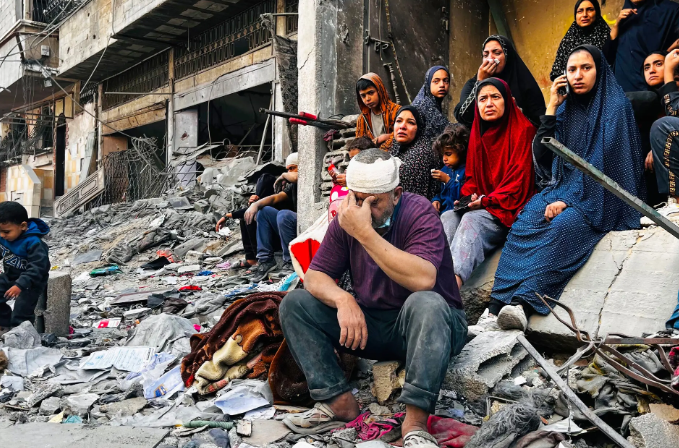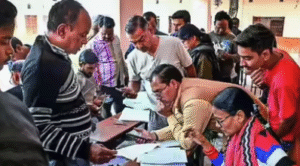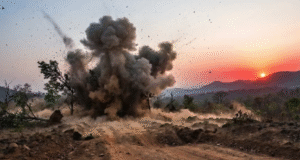The Israel-Gaza conflict escalated further as Israeli forces killed 67 people in strikes that targeted both aid seekers and designated safe zones. The incident deepened Gaza’s humanitarian crisis and drew widespread condemnation from international communities.
Witnesses reported that people had gathered in northern Gaza to receive aid when the strikes hit, causing chaos and panic. Survivors described heartbreaking scenes as families searched for loved ones in the rubble. Aid groups condemned the attack, arguing that striking civilians waiting for food and water cannot be justified under any circumstances.
Israel defended its actions, claiming that militants used the areas to hide weapons and operate among civilians. However, critics argue that such justifications fail to account for the deaths of innocent people. The phrase “safe zones” now faces heavy scrutiny, as civilians increasingly find no refuge from ongoing attacks.
The humanitarian cost grows heavier each day. Thousands in Gaza already face shortages of food, clean water, and medical supplies. The fact that Israel kills 67 in Gaza while people tried to collect aid highlights the desperate conditions. International agencies, including the United Nations, warned that such attacks could amount to violations of international law.
Protests erupted across major cities worldwide after news of the strikes spread. Human rights organizations demanded an independent investigation into the killings. Governments called for restraint but struggled to push both sides towards de-escalation.
In conclusion, the attack where Israel kills 67 in Gaza exposes the rising cost of the conflict on civilians. The targeting of aid seekers and so-called safe zones underlines the urgent need for a ceasefire and humanitarian corridors. Until both sides agree on halting violence, the people of Gaza continue to pay the highest price.










